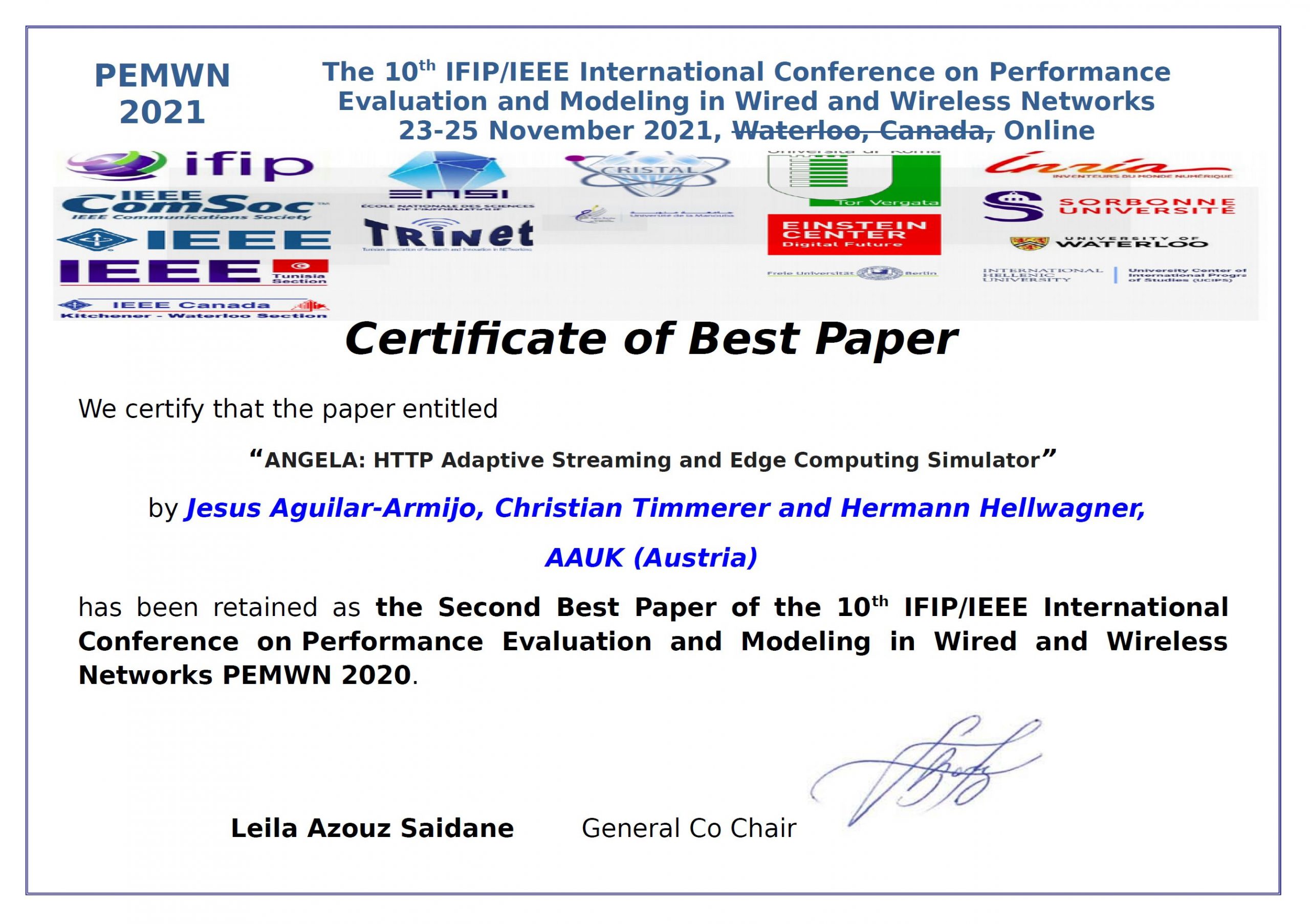Title: Decentralized Machine Learning for Intelligent Health Care Systems on the Computing Continuum
Authors: Dragi Kimovski, Sasko Ristov, Radu Prodan
Abstract: The introduction of electronic personal health records (EHR) enables nationwide information exchange and curation among different health care systems. However, the current EHR systems do not provide transparent means for diagnosis support, medical research, or can utilize the omnipresent data produced by the personal medical devices. Besides, the EHR systems are centrally orchestrated, which could potentially lead to a single point of failure. Therefore, in this article, we explore novel approaches for decentralizing machine learning over distributed ledgers to create intelligent EHR systems that can utilize information from personal medical devices for improved knowledge extraction. Consequently, we proposed and evaluated a conceptual EHR to enable anonymous predictive analysis across multiple medical institutions. The evaluation results indicate that the decentralized EHR can be deployed over the computing continuum with reduced machine learning time of up to 60% and consensus latency of below 8 seconds.


















